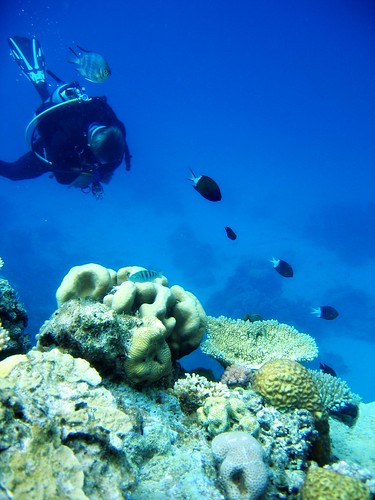 Federal promises to create a network of marine protected areas are progressing at a snail’s pace, and there are fears that federal cutbacks will slow the process even further, says a report by the Canadian Parks and Wilderness Society.
Federal promises to create a network of marine protected areas are progressing at a snail’s pace, and there are fears that federal cutbacks will slow the process even further, says a report by the Canadian Parks and Wilderness Society. Canada made a commitment in 2010 to protect at least 10 per cent of coastal and marine areas by 2020, but, with only one per cent protected so far, there is a long way to go, said Sabine Jessen, the conservation group’s national oceans manager. “There have been small steps of progress, but not as much as we had been expecting,” she said.
There are financial and environmental benefits to strong ocean protection, which makes the slow rate of change frustrating, Jessen said. “Marine protected areas are key to ensuring healthy stocks of fish and other forms of marine life for the future. There is absolutely no long-term financial gain in failing to invest in marine protection.”
Much of the holdup is simply the sticky slowness of government, especially as Fisheries and Oceans, Environment Canada and Parks Canada are all working on marine protected areas, Jessen said. “Things just get so held up internally in government,” she said. “Now, with government cutbacks, we are seriously concerned about the government’s capacity to move ahead.”
There are also fears there will not be enough funding in place to offer long-term protection. The group wants $35 million a year dedicated to creating and managing marine protected areas.
The conservation group has identified 12 areas for protection, including four on the B.C. coast: the Hecate Strait Glass Sponge Reefs, Scott Islands, Southern Strait of Georgia and Big Eddy, off the west coast of Vancouver Island. The conservation group says there has been significant progress on protecting Hecate Strait’s 9,000-year-old glass sponge reefs and the marine protected area could be completed by December this year.
But the reefs, some of which are 25 metres tall, could be damaged before they are fully protected, it says. “Recent scientific research indicates that sedimentation, caused by bottom trawling activities adjacent to the reefs, could seriously harm their chances of survival.”
Progress has also been made on the Scott Islands, a seabird nesting haven, and legal designation is expected by the end of the year. But the group rates conservation measures as weak, as proposed rules do not limit industrial activities such as commercial fishing or shipping. A fisheries management plan is expected to identify risks, but the work is not expected to be completed until 2017.
The Southern Strait of Georgia has also seen progress, with an agreement that will see the province transfer seabed ownership to the federal government. But, again, the group has concerns and wants an interim management plan developed. “Although Parks Canada and the B.C. government have been working on the feasibility study for over 10 years, it is still not completed,” the report says. “In the meantime, the Southern Strait of Georgia is open to intensive shipping and heavy recreational fishing use.” There has been no progress on Big Eddy and conservation measures are rated as uncertain.
The goal is an international marine park stretching from the Olympic Coast National Marine Sanctuary to Vancouver Island. However, last year, Parks Canada withdrew a request for proposals for a study of the Vancouver Island shelf marine region.
The area’s marine ecosystems are in crisis, the report says. “In recent years the signs have become unmistakable. Declines in rockfish, salmon stocks and orca populations, harmful algal blooms and destruction from bottom trawling,” it says.
A spokesman for Environment Minister Peter Kent said the government has demonstrated a commitment to conservation. “We understand CPAWS’s dedication to conservation and appreciate their impatience,” Adam Sweet said. “However, our government is working through the many complicated processes required to negotiate the creation of these protected spaces.”
Significant decisions have been made on three of the 12 areas highlighted by CPAWS, Sweet said — including in the Southern Strait of Georgia, where the provincial and federal governments are close to completing consultations.
Source: The Times Columnist
Photo courtesy of Mads Boedker via Flickr (CC BY 2.0)
